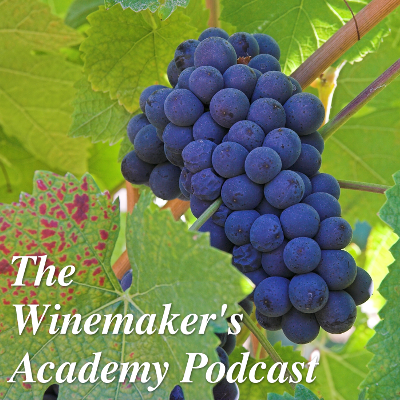 Here it is! The very first episode of the Winemaker’s Academy Podcast. This has been a long time in the making but I am proud to have finally brought this to the world.
Here it is! The very first episode of the Winemaker’s Academy Podcast. This has been a long time in the making but I am proud to have finally brought this to the world.
In this episode I spend a little time introducing myself, the Academy, as well as talking about the show format. After that we get into the meat of the show, reader questions.
The following questions and concerns are addressed in this episode:
- What is easier to make, white or red wines and why?
- Trouble degassing.
- Is there any difference in adding the bentonite before primary fermentation or after?
- My airlock looks like it might dump into the carboy, what should I do?
- My wine is finished fermenting, Is it too late to add malolatic bacteria?
- We forgot to add the stabilizer powder to our Merlot red wine before bottling. What can we do?
- My wine has been in the carboys for about 6 weeks. Is it to late to add raisins to the wine?
Further reading on topics related to this show’s topics:
If you’ve got questions you’d like to have answered on the show please email me using this contact form.
Podcast Cover Photograph by: Jim Bahn





 What makes this method of fermentation so different is that you begin with whole, unbroken grape clusters still on the stems. The grapes are then placed in a sealed fermentation container filled with carbon dioxide.
What makes this method of fermentation so different is that you begin with whole, unbroken grape clusters still on the stems. The grapes are then placed in a sealed fermentation container filled with carbon dioxide. 
 Here it is! The very first episode of the Winemaker’s Academy Podcast. This has been a long time in the making but I am proud to have finally brought this to the world.
Here it is! The very first episode of the Winemaker’s Academy Podcast. This has been a long time in the making but I am proud to have finally brought this to the world.